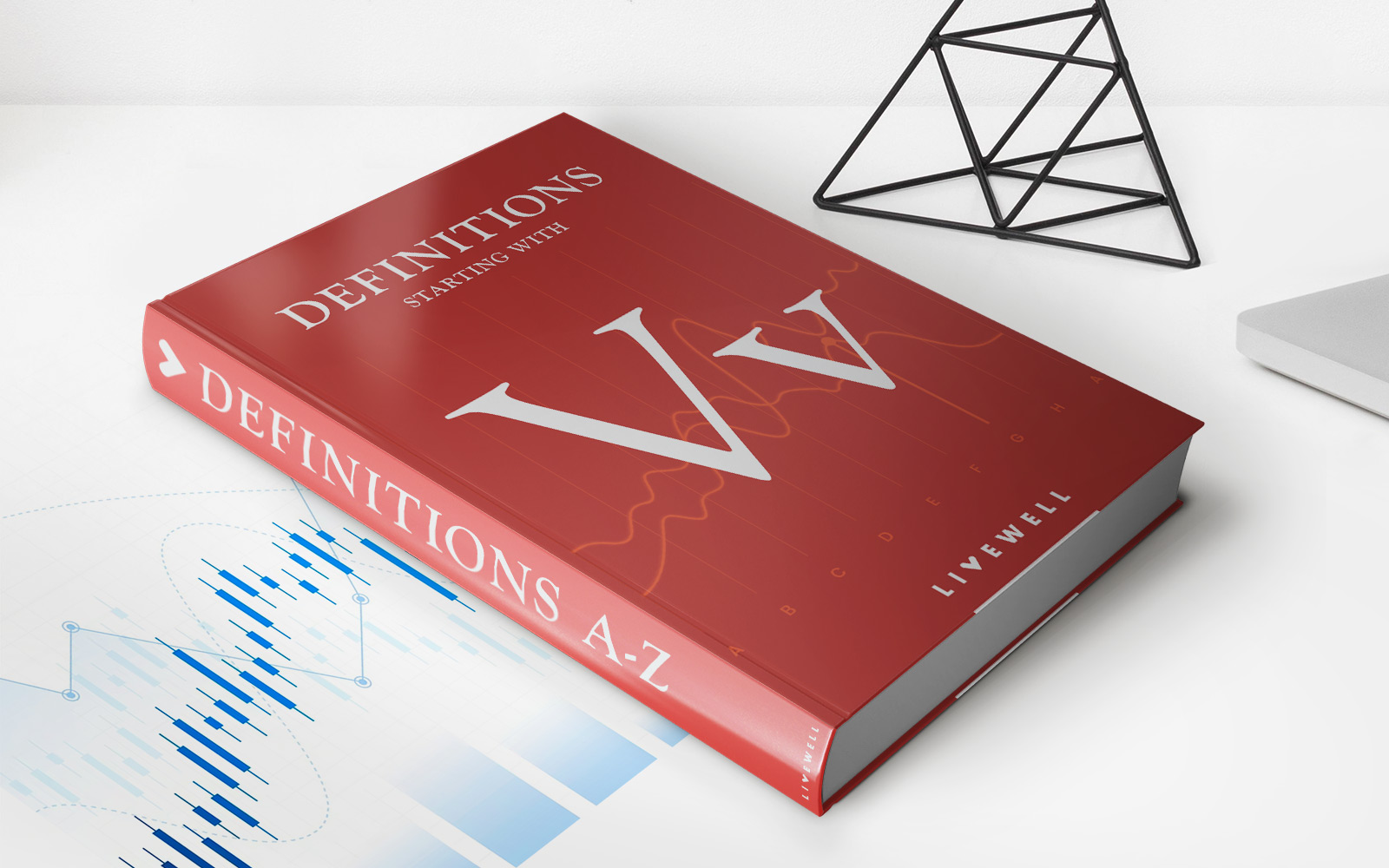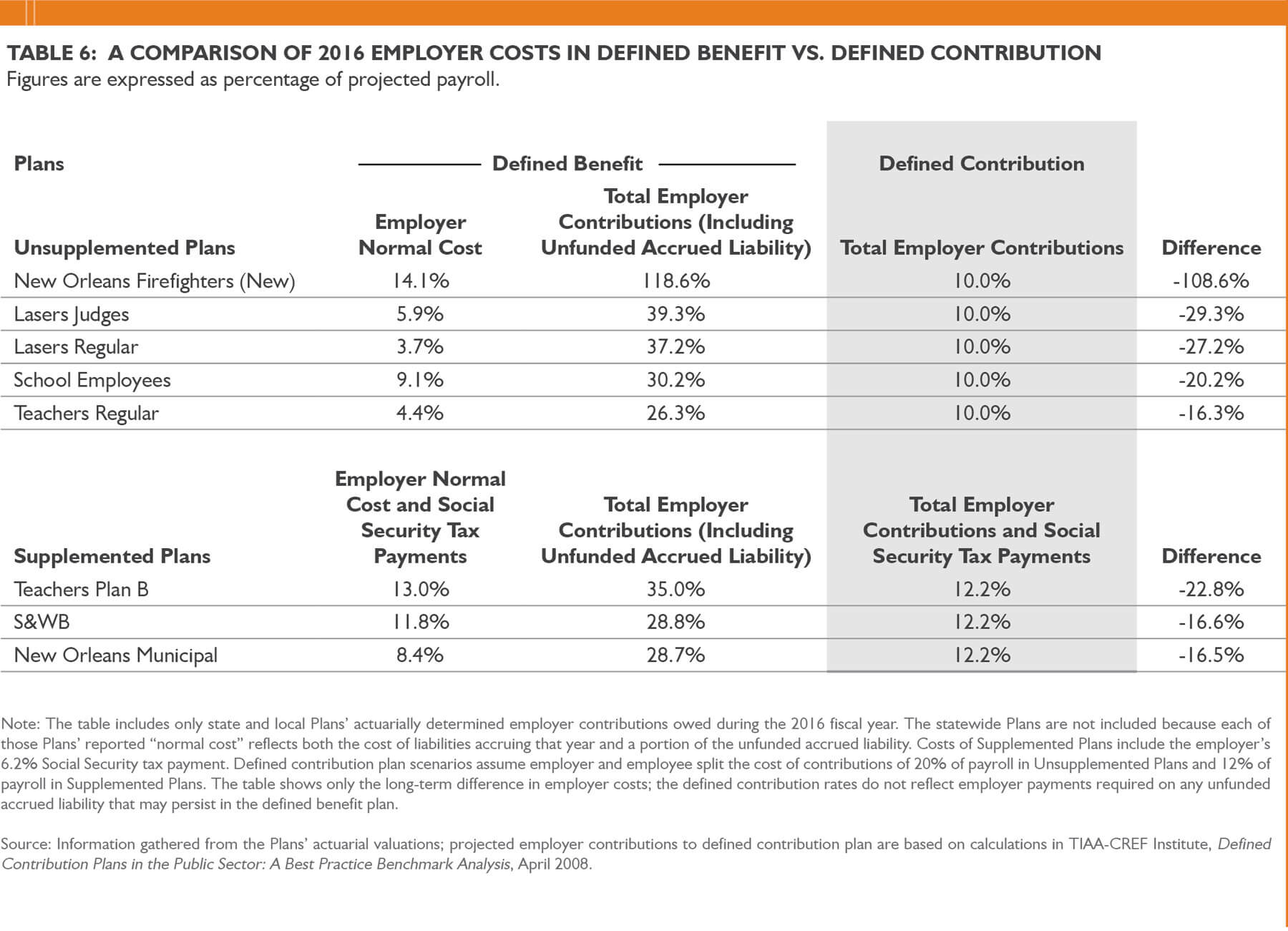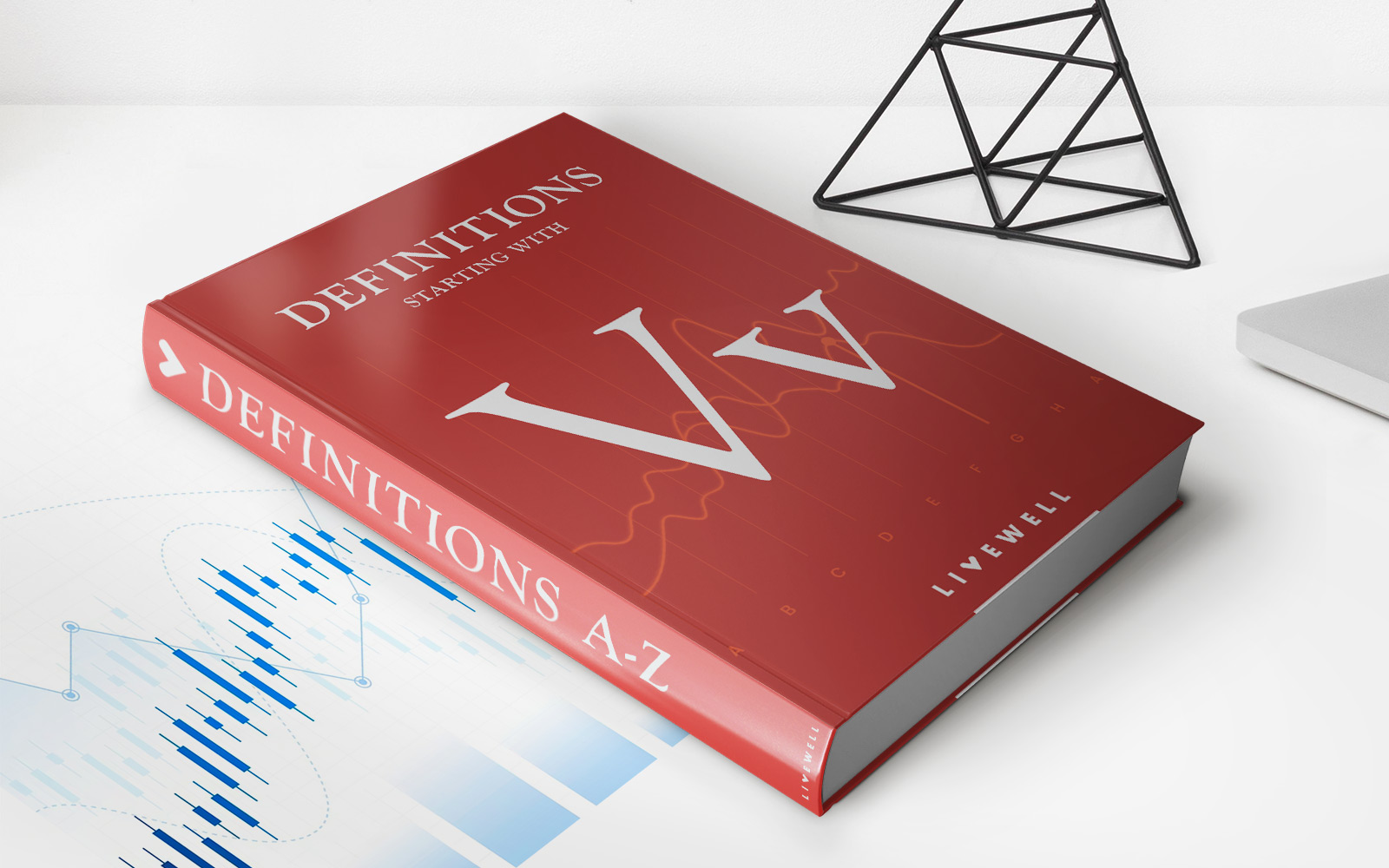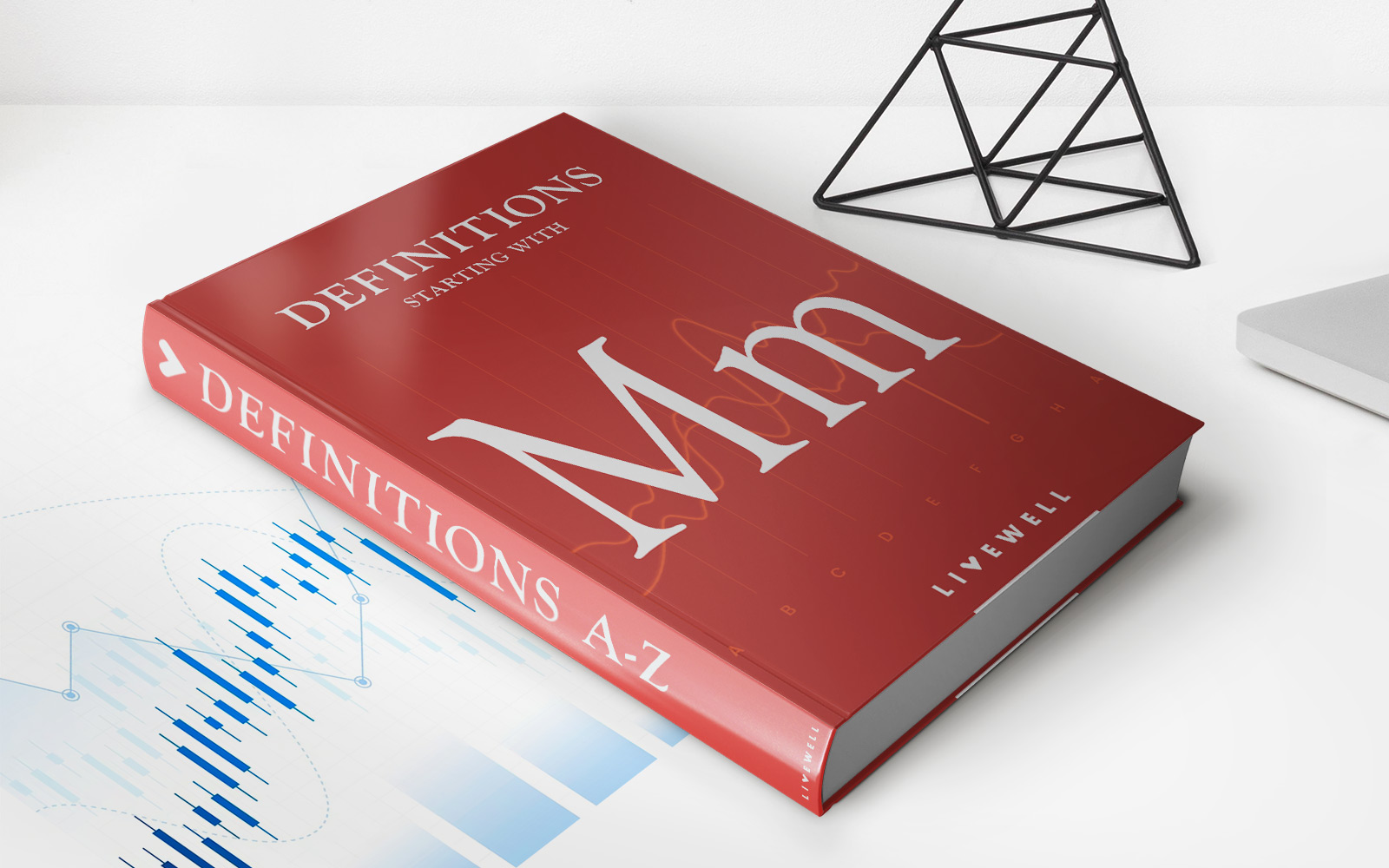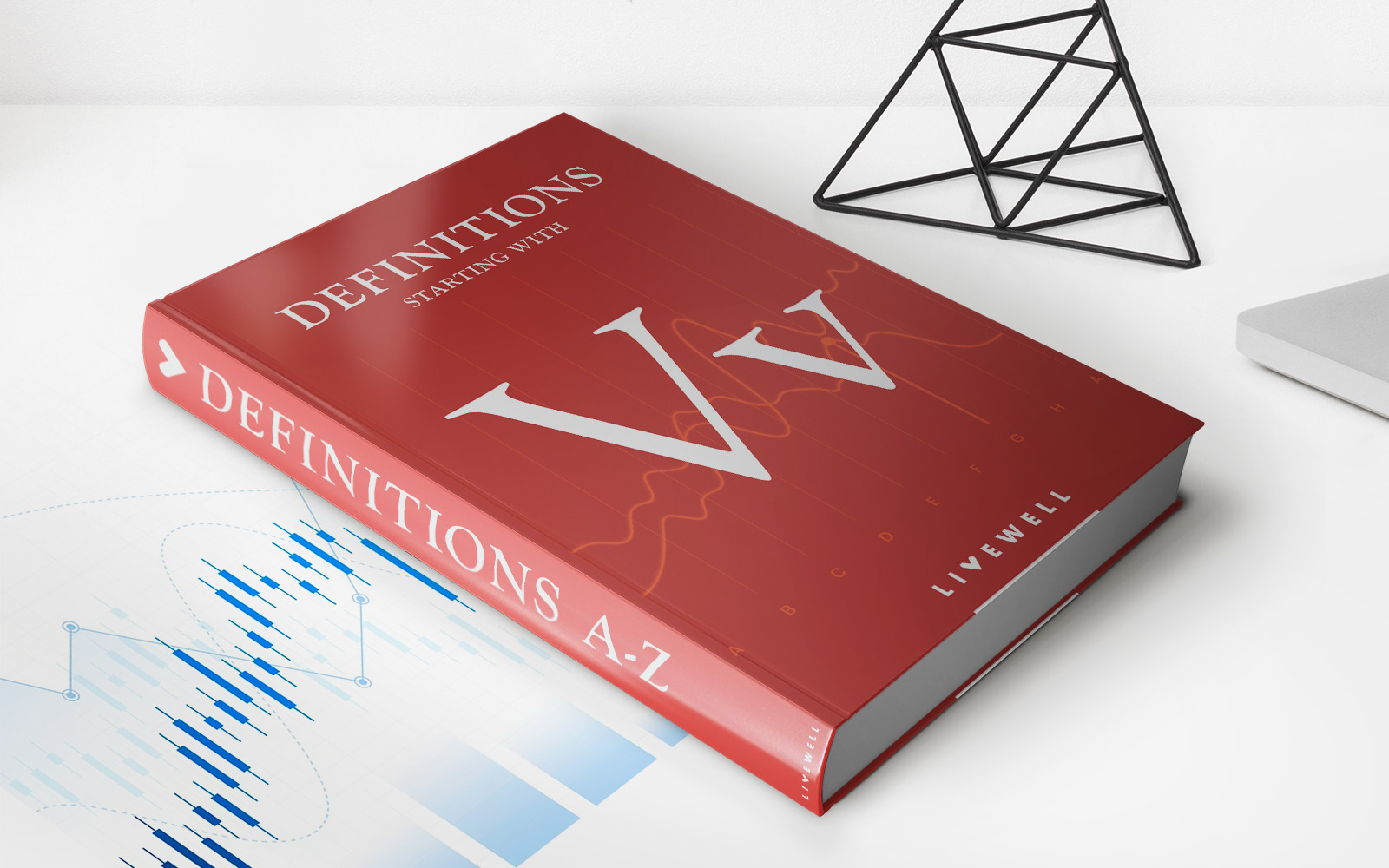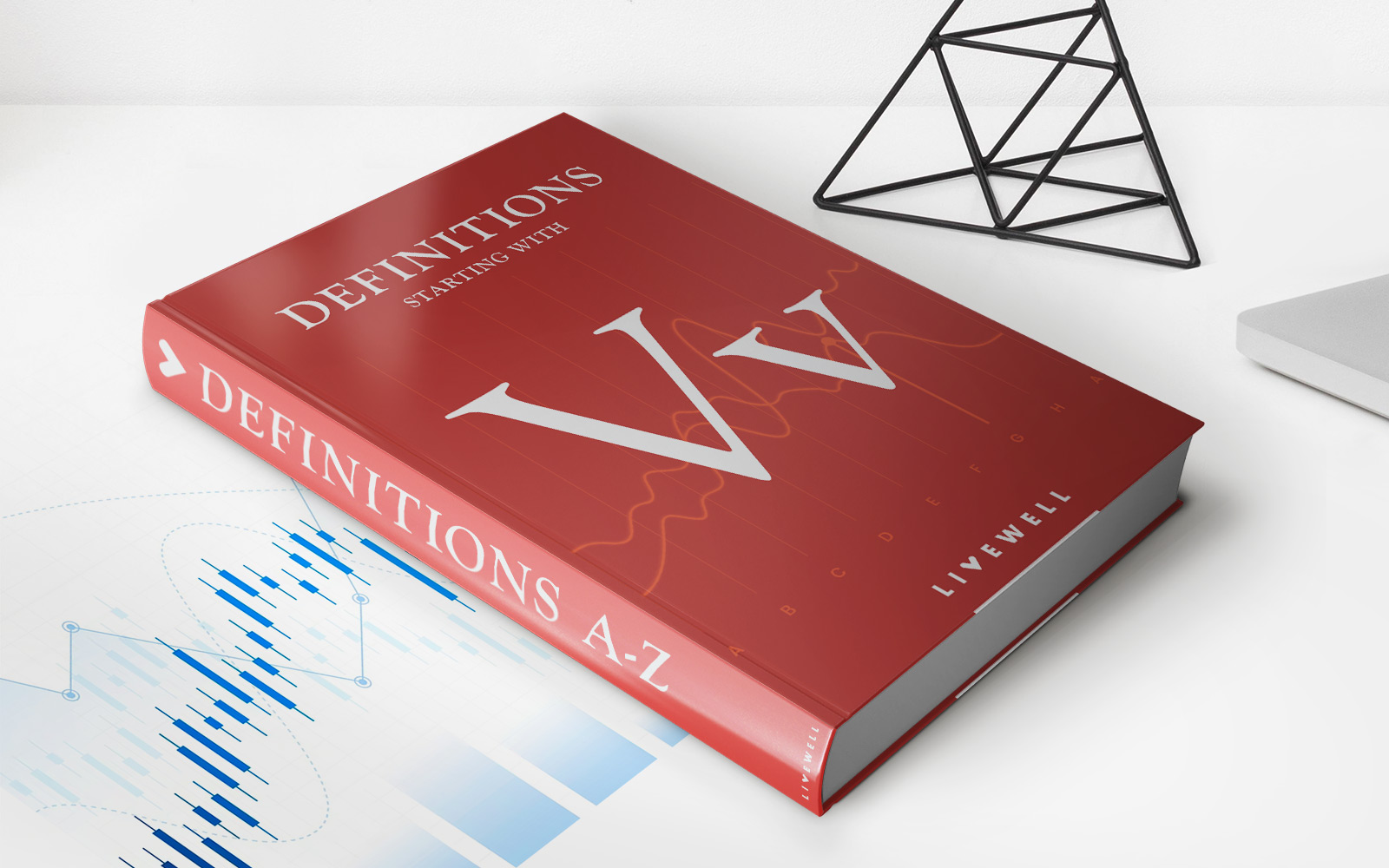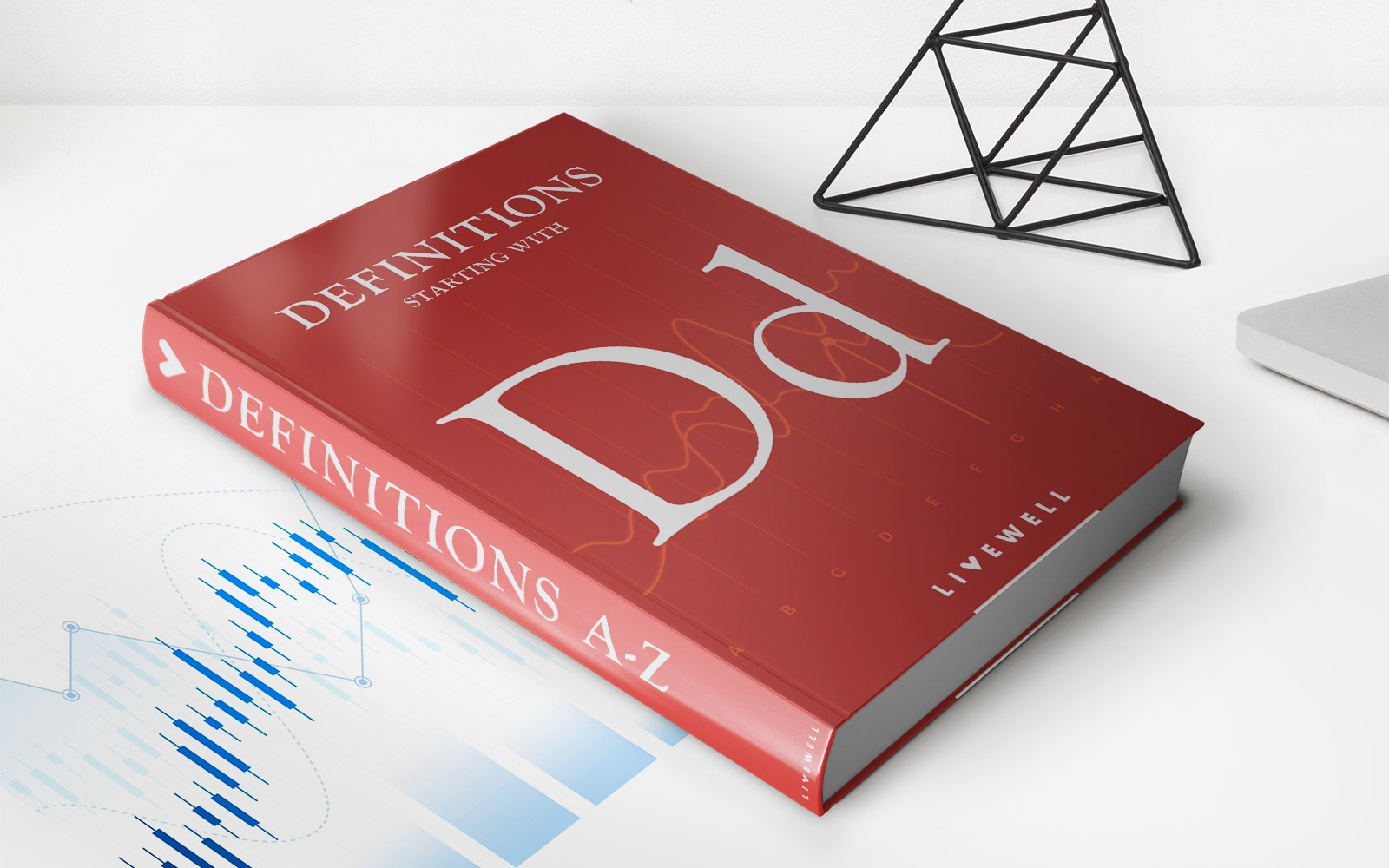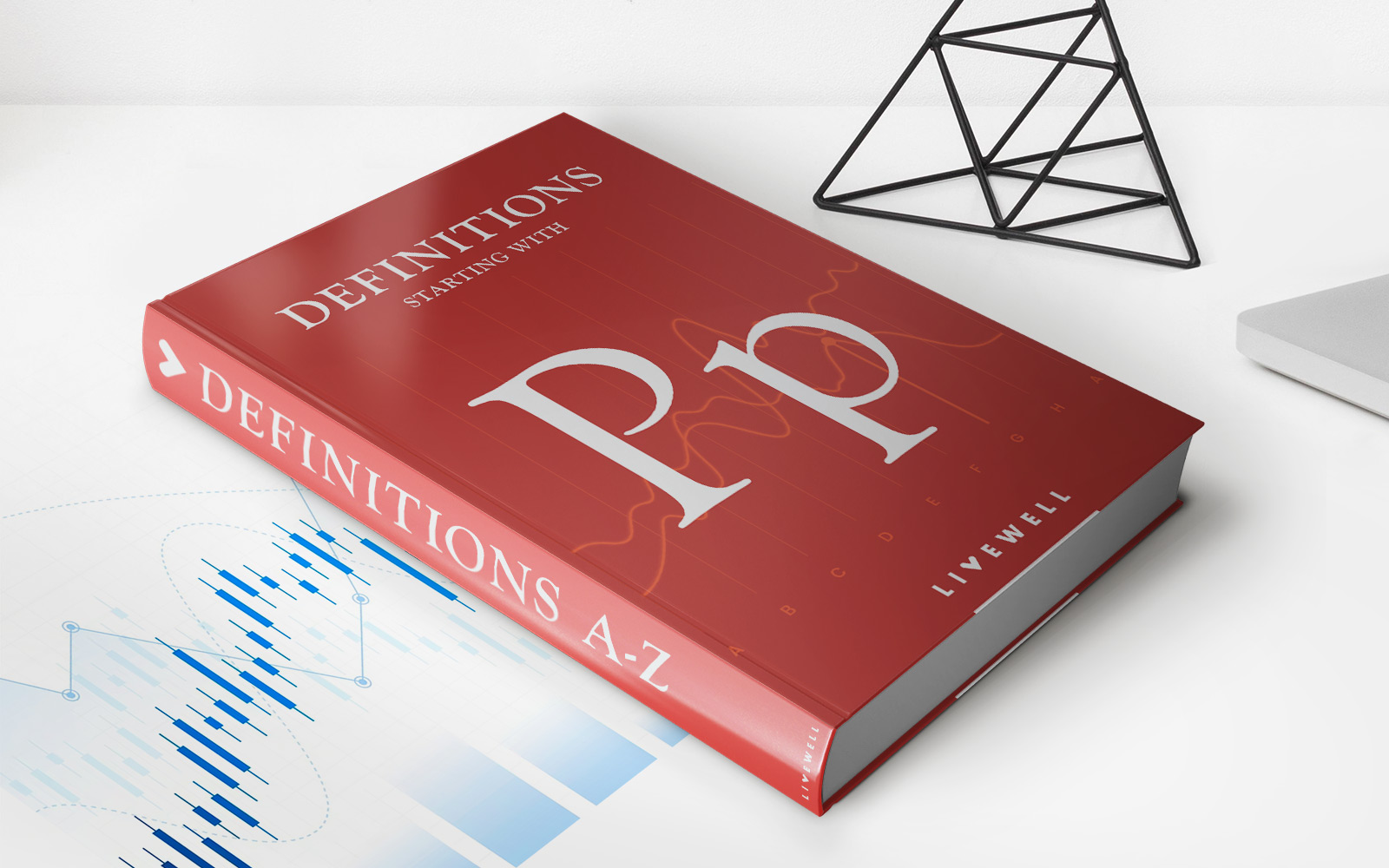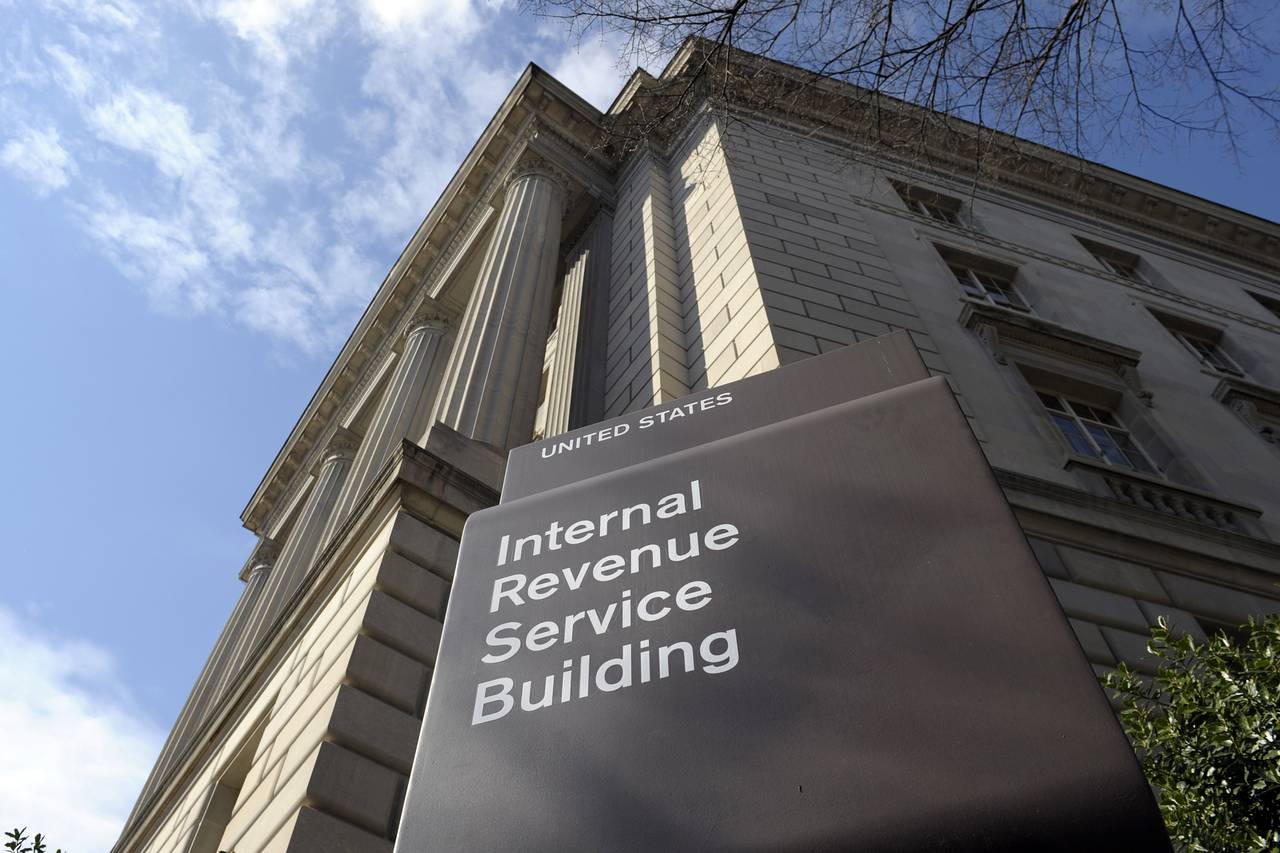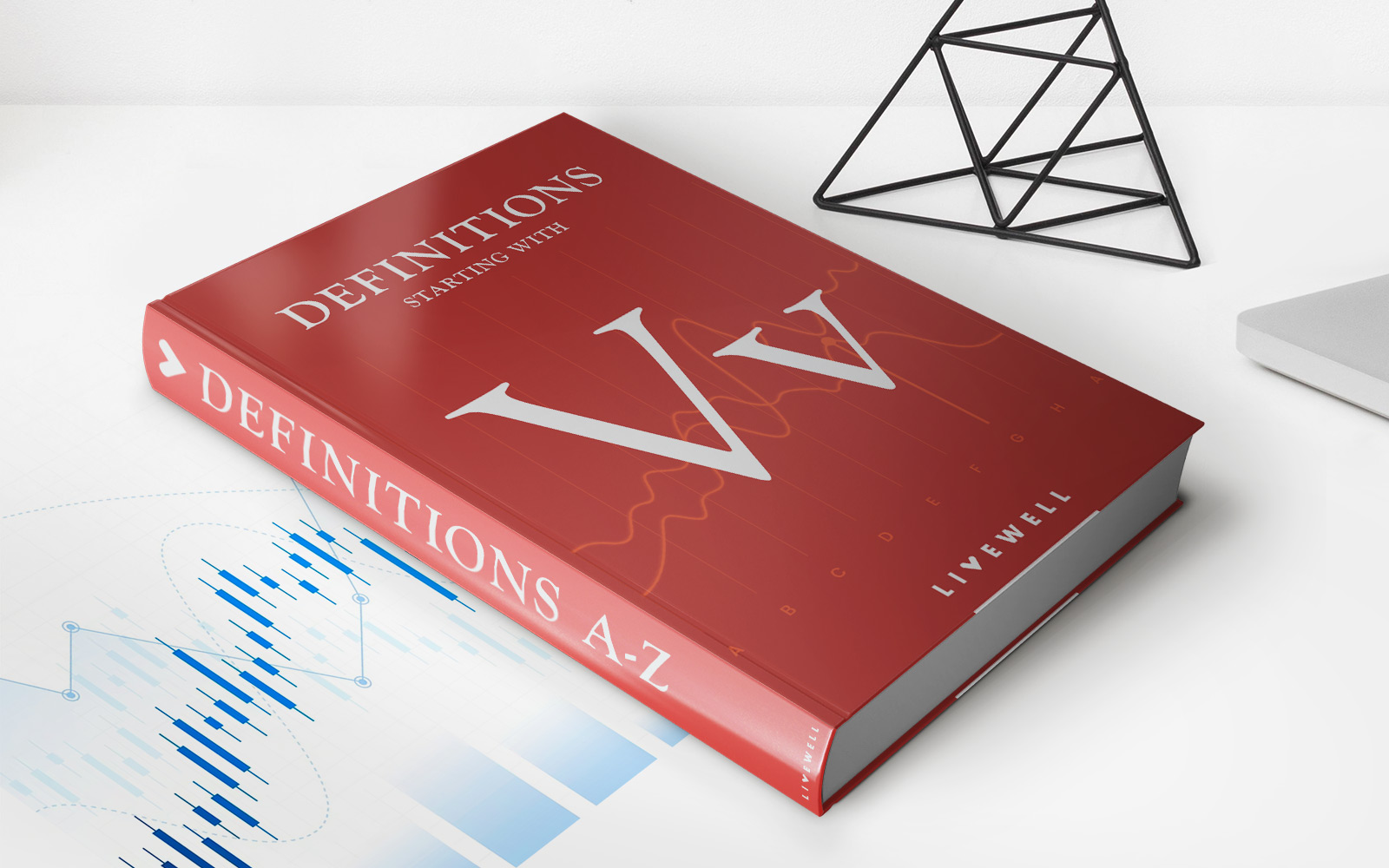

Finance
Variable Benefit Plan Definition
Published: February 15, 2024
Learn the definition of a variable benefit plan in finance and understand how it can impact your financial strategy. Discover the benefits and considerations.
(Many of the links in this article redirect to a specific reviewed product. Your purchase of these products through affiliate links helps to generate commission for LiveWell, at no extra cost. Learn more)
Understanding Variable Benefit Plans: A Comprehensive Guide
Welcome to our “FINANCE” blog category! In this post, we will dive into the world of variable benefit plans and uncover their definition, advantages, and how they can benefit individuals and businesses. If you’ve ever wondered what a variable benefit plan is and how it can impact your financial future, then this guide is for you.
Key Takeaways:
- Variable benefit plans provide individuals with retirement income based on the performance of invested assets.
- These plans offer more flexibility than traditional fixed benefit plans, allowing retirees to potentially earn higher returns.
Before we delve into the details, let’s answer the fundamental question: What is a variable benefit plan? In simple terms, variable benefit plans are retirement plans that provide individuals with income during their golden years. However, what sets these plans apart from traditional fixed benefit plans is that the income generated is based on the performance of the invested assets.
Now that we have a basic understanding of variable benefit plans, let’s look at some key points about why they are gaining popularity:
The Advantages of Variable Benefit Plans:
- Flexibility: Variable benefit plans offer flexibility, allowing participants to adjust their investment allocations based on their risk tolerance and market conditions. This flexibility empowers individuals to potentially earn higher returns in favorable market conditions.
- Tax-efficiency: Variable benefit plans often provide tax advantages, as any capital gains or dividends within the plan are taxed only when withdrawn.
- Long-term growth potential: Since variable benefit plans are linked to the performance of invested assets, they have the potential for long-term growth, especially in a rising market.
- Inflation protection: Variable benefit plans may offer built-in inflation protection, ensuring that retirees can maintain their purchasing power as prices rise over time.
- Control and ownership: With variable benefit plans, individuals have more control and ownership over their retirement funds compared to traditional pension plans.
While variable benefit plans provide numerous advantages, it’s important to consider a few potential drawbacks before participating:
- Variable benefit plans are subject to market volatility, which means that participants may experience losses during unfavorable market conditions.
- Participants need to actively manage their investments within the plan, which requires financial knowledge and monitoring.
- Some variable benefit plans may have higher fees compared to traditional pension plans due to the additional flexibility and customization options.
As with any financial decision, it’s essential to consult with a financial advisor or professional to determine whether a variable benefit plan is suitable for your unique needs and circumstances.
In conclusion, variable benefit plans are increasingly popular due to their flexibility, potential for long-term growth, and tax advantages. These plans offer individuals the opportunity to take control of their retirement income and potentially earn higher returns based on the performance of invested assets. However, it’s crucial to weigh the advantages and disadvantages before making a decision and seek professional advice to ensure you are making the right choice for your financial future.

